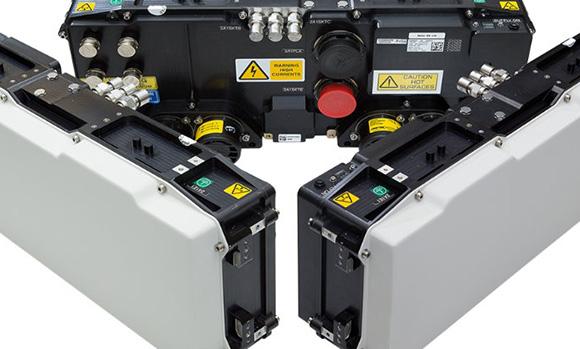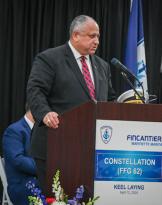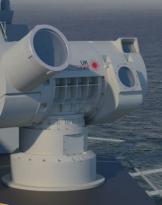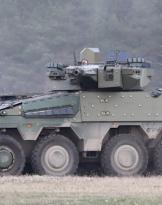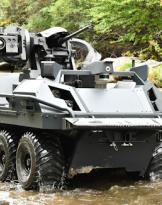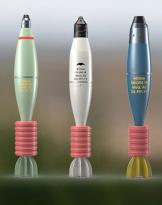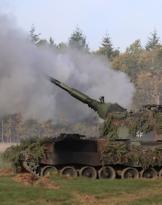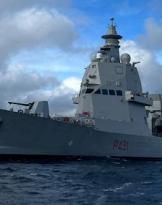The Osprey electronic scanning radar (AESA - Active Electronically Scanned Array) by Leonardo-Finmeccanica was chosen by the United States Navy for the upgrade program of the MQ-8C Fire Scout remote-controlled helicopter. The helicopter, capable of taking off from the deck of American combat ships, will be used in maritime patrol missions.
The contract provides for a first supply of five radars to the Naval Air Systems Command (NAVAIR) of the US Navy for testing and evaluation activities, with an option to purchase several other systems for operational uses. Leonardo has already produced a series of Osprey radars, so the main objective of this agreement is the integration of the system on the MQ-8C Fire Scout in order to guarantee compliance with the delivery times of the first prototypes.
Thanks to the electronic scanning technology, the radar will allow the ground crew to have a much wider view than that usually guaranteed by naval radars and to identify hidden threats beyond the limit of traditional radars on board boats. Using high frequency radio waves to 'see', an MQ-8C equipped with Osprey radar allows you to monitor a greater field of vision and identify very distant targets, even with reduced visibility, at night or in unfavorable weather conditions. The main feature of the Osprey is that it can be integrated directly into the airplane's fuselage, without applying external parts. This thanks to its flat panel technology, the first in the world of this type, so light and compact that it can also be installed on an aircraft such as the MQ-8C. In the near future, the MQ-8C will be commissioned on all classes of combat ships of the US Navy and a wide operational use of the machine.
The US Navy has chosen the two-panel version of the Osprey, which provides a view of 240 °, the possibility of detecting atmospheric conditions, the identification of air-to-air targets and moving targets on the ground (Ground Moving Target Indicator - GMTI). The absence of external mobile parts, a characteristic of "electronic scanning", guarantees significantly lower maintenance and support costs compared to other types of radar. Finally, the Osprey has an open architecture that allows the customer to independently enter new software.
This contract is a further recognition for Leonardo regarding the supply of AESA radar technology to the United States. Recently, in fact, the United States Naval Test Pilot School (USNTPS) has selected the Vixen 500E radar for cadet training on C-26 aircraft, while the same radar is already in operation with the US Customs and Border Protection. Finally, the US Coast Guard's HC-130H patrol aircraft are equipped with Seaspray 7500E electronic-scan radars.

